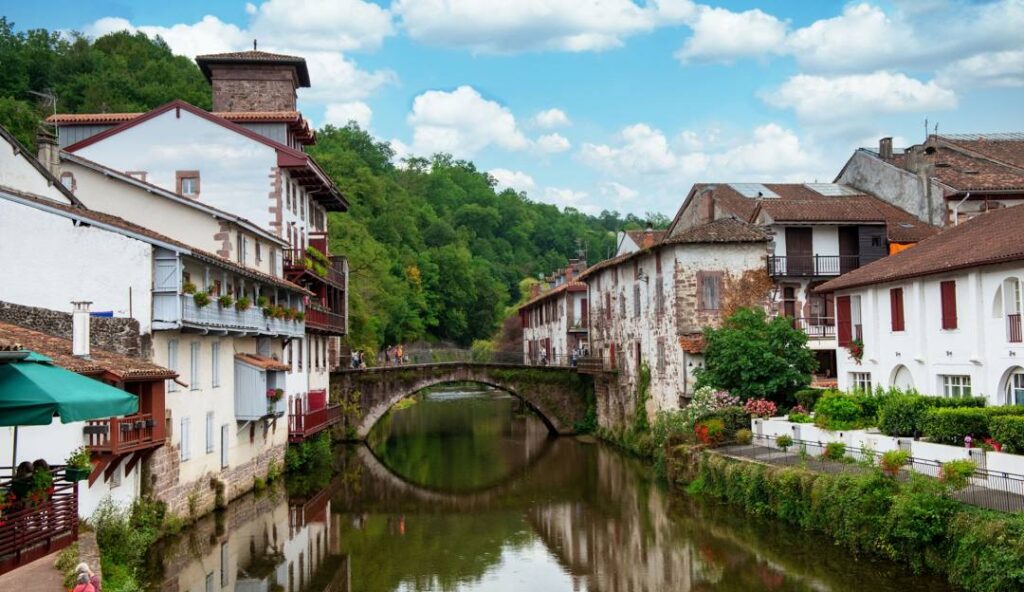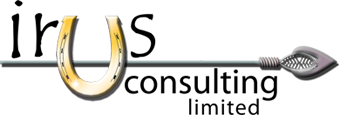Fly out on Wednesday to Biarritz and then by train to St Jean Pied de Port and the main starting point of the Camino Frances and the “foot of the pass” to Rocesvalles (Spanish) Orreaga (Basque) and Roncevaux in French. It could be the most challenging day of the entire Camino all at the beginning of the first trek over the Pyrenees from France in Spain. The weather does not look good. Rain is forecast, but a clearance hopefully by Friday to fresh sunshine. Maybe I will wait and spend an extra night in St Jean. A Pilgrim on the Camino. Why? To find myself? To outrun creaking old age? Maybe just to find a way through this challenge and hopefully finish. Apparently only 10% of Pilgrims on the Camino Frances actually start in St. Jean. It is 780 kilometres across Northern Spain through Pamplona in Navarra and La Rioja and then through Burgos in Northern Castilla and Leon and ending in Galicia and no doubt a myriad of quaint villages and towns and bucolic sights in between to eventually reach Santiago de Compostela and the burial place of Saint James the Apostle. I expect it will take me five to six weeks if I can keep moving. Reduce my possessions to the bare essentials in a back-pack and with an essential checklist just keep the weight it under 10 kilograms including two litres of water. I will try and post a daily blog for “posteriority” and for anyone that might be interested. I am now one month past my 69th birthday. The same age Martin Sheen was in 2009 in the movie “The Way” directed by his son Emilio Estevez. I picked up a copy of the accompanying book “Along the Way” for just two euros in a charity shop. Onwards then from Saint Jean at 484 ml. up over the Col de Lopoeder at 1,450 ml to Roncevalles in Spain. I may have to make this leg of 25 kilometres in one lift as the private Auberge Orrison and Borda are fully booked. Another reason to wait for the rains to pass.

Above is a view of St. Jean on the Nive River.
How could I ignore the geology of the Pyrenees. Mountains formed by the collision of Africa into the tender underbelly of Europe. Sediments of an ancient ocean floor folded upward and thrusted, thin-skinned, layer upon layer. No hydrothermal juices to create mineral deposits so no mines. The oldest rocks in the axial core made up of slivers of Devonian, Silurian and Ordovician sandstones, shales and conglomerates and some Triassic sub volcanic rocks thrown in . Compression enough to turn shales into slates and schists. Once over the Pyrenees and down the foothills into Navarre I look froward to trekking through Palaeocene karst limestones to stay in Rocesvalles and sip a Rioja.

Nice introduction & background. Best of luck , take it steady !